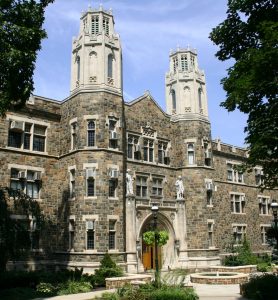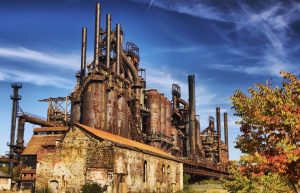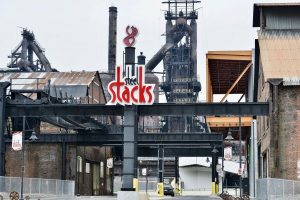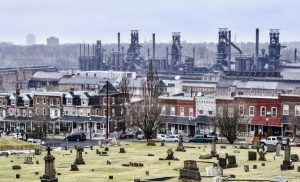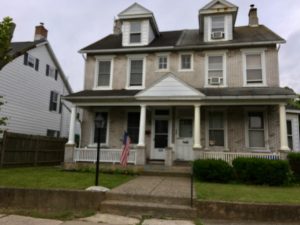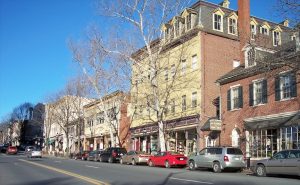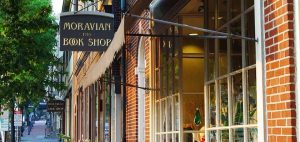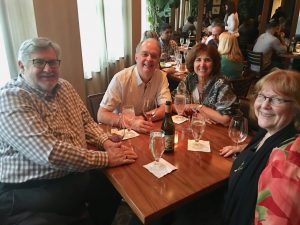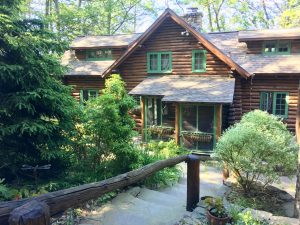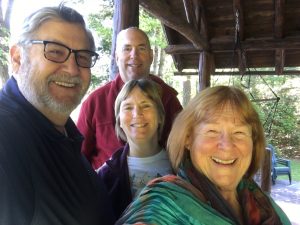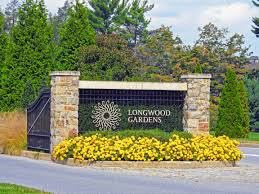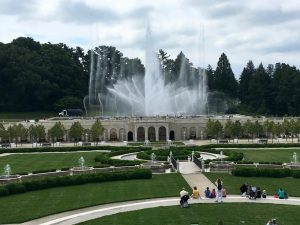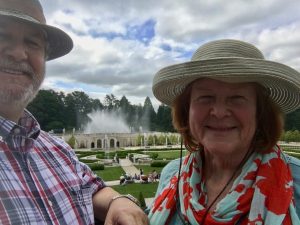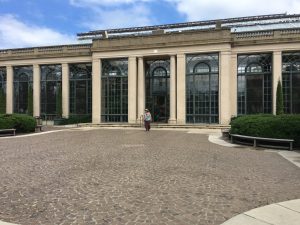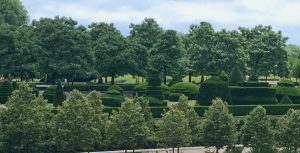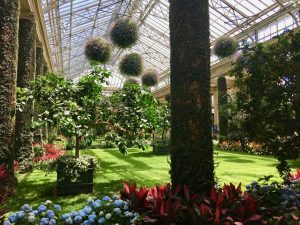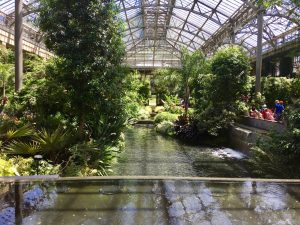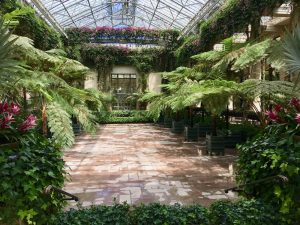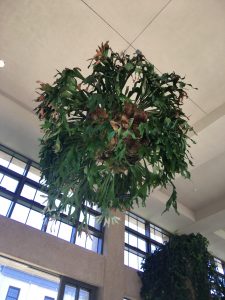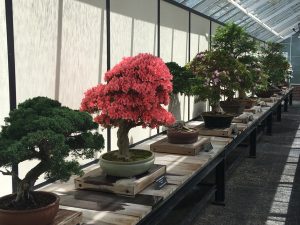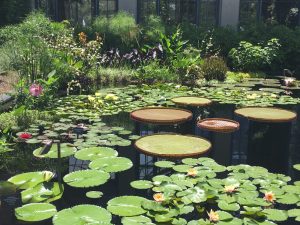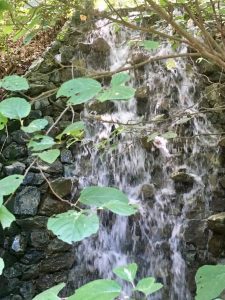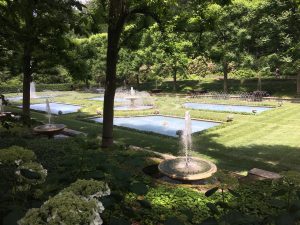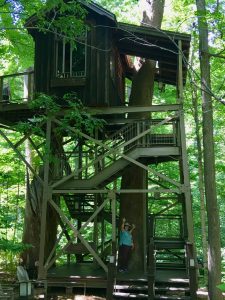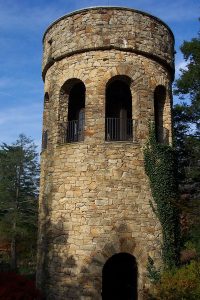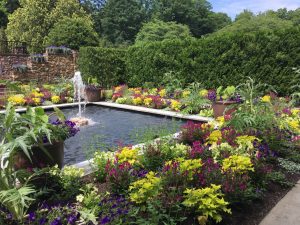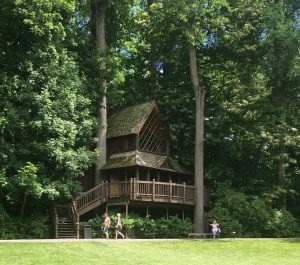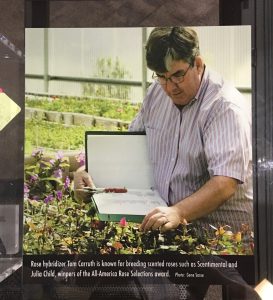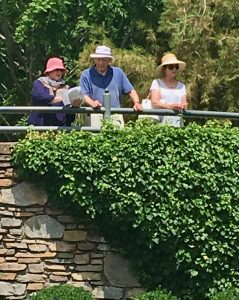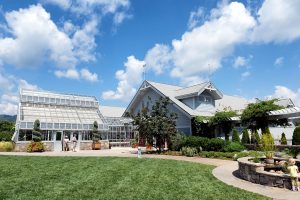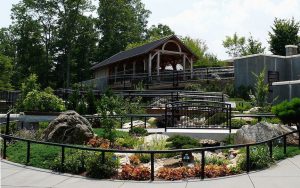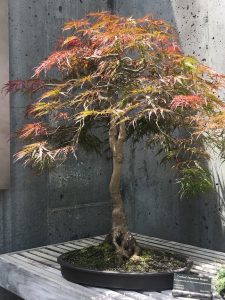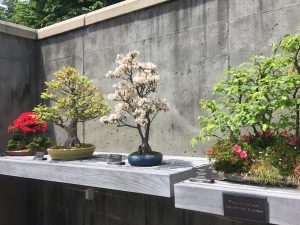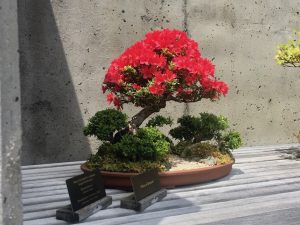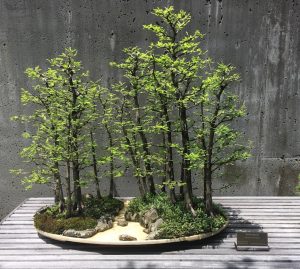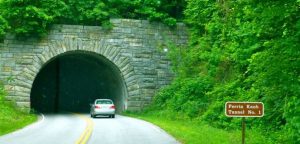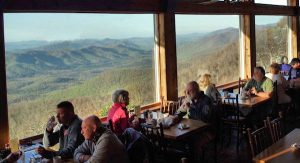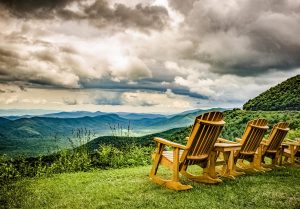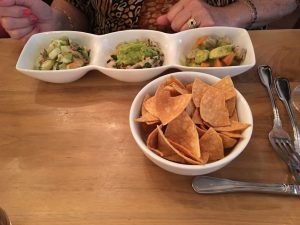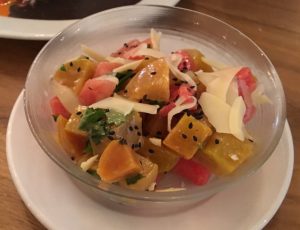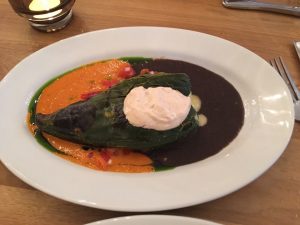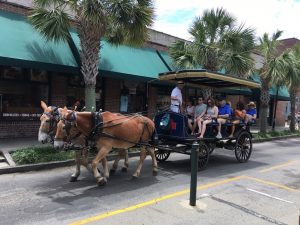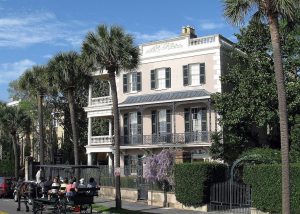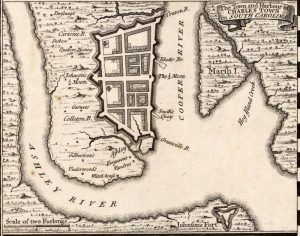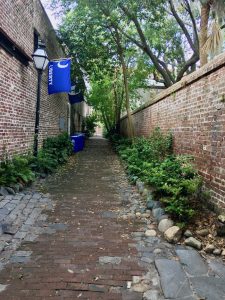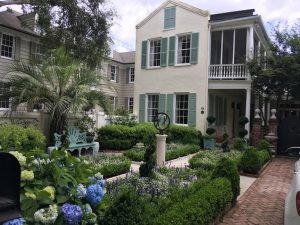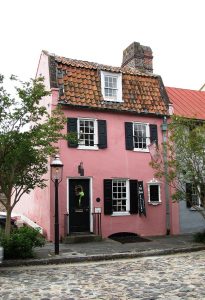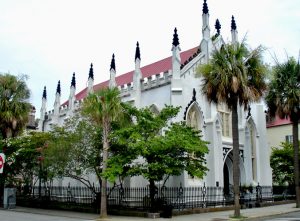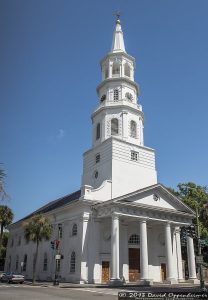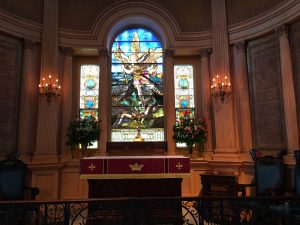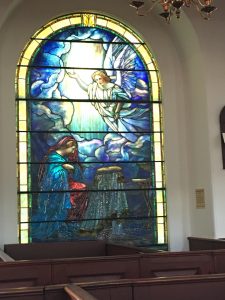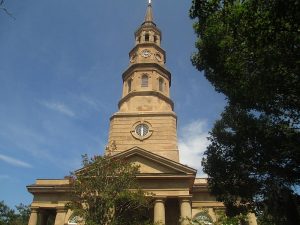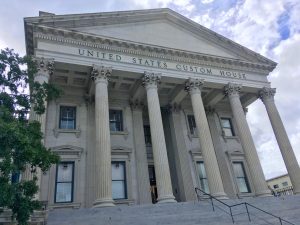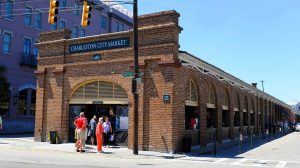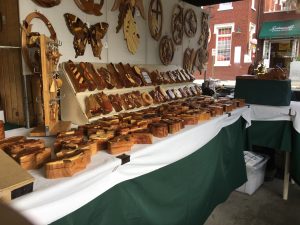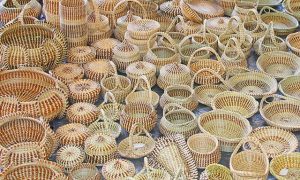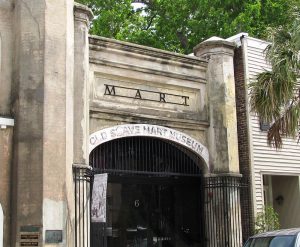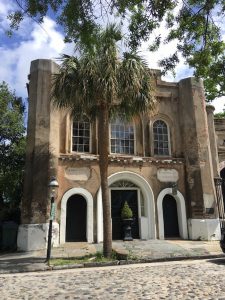The Finger Lakes is a region of New York State named for its series of long, thin lakes, and known for its vineyards. There are eleven long, narrow, roughly north–south lakes in an area called the Finger Lakes region.  There are over 100 wineries and vineyards located around Seneca, Cayuga, Canandaigua, Keuka, Conesus and Hemlock Lakes. The main grape varieties grown are Chardonnay, Riesling, Gewürztraminer, Pinot Noir, Cabernet Franc, Vidal Blanc, Seyval Blanc and Vitis labrusca (an American native). We tried most of these but in limited number during our visit.
There are over 100 wineries and vineyards located around Seneca, Cayuga, Canandaigua, Keuka, Conesus and Hemlock Lakes. The main grape varieties grown are Chardonnay, Riesling, Gewürztraminer, Pinot Noir, Cabernet Franc, Vidal Blanc, Seyval Blanc and Vitis labrusca (an American native). We tried most of these but in limited number during our visit.
There are a number of notable historical events that happened around the general area of the Finger Lakes – most notable might be the birthplace of the Woman’s Suffrage movement in Seneca Falls, Waterloo, the birthplace of Memorial Day and Palmyra, the birthplace of the LDS Church (Mormons). However, our goal on visit was to taste some of the wines.
Wine Enthusiast has a travel guide for the area with recent updates on some of the better places to visit. First on the list is Hermann J. Wiemer, so that seemed like a good place to start.
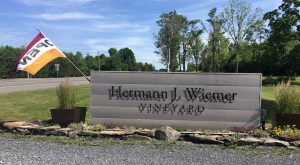
Several of their Rieslings have scored some good reviews – 93 points for the 2016 Magdalena Vineyard bottling and 92 for another Riesling.

We arrived after having a light lunch in Watkins Glen – the base of Seneca Lake – in mid afternoon. The Hermann J. Wiemer estate was established in 2001 and has been in continuous operation ever since. It has changed ownership at least once over the years but at present seems to have a stable operation.
Upon our arrival to the tasting room, we were directed to a table to sample a few different wines. The tasting menu has several different options from Chardonnay to their late harvest Riesling.
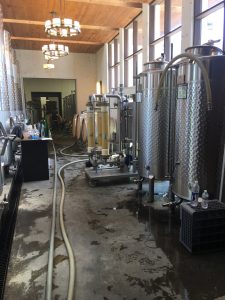
We sampled at will for the better part of an hour and had informative conversations with the staff. The primary wine is Riesling – although they do make a Grüner Veltliner, Gewürztruminer, Chardonnay and a sparkling wine.
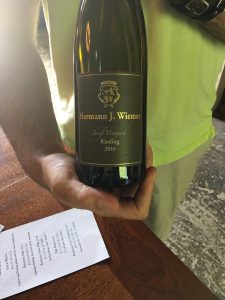
On the red side of things they make a Pinot Noir and Cabernet Franc but neither of these were on the tasting menu. The wines were pleasant, we found the Riesling Reserve Dry 2016 most to our taste.
I found it interesting that in the book, 1,000 Places to See Before you Die there is a section on the Finger Lakes and Hermann J. Wiemer is listed; they have a blow up of the page on the wall.
Our next stop, the following morning, was to Ventosa Vineyards.
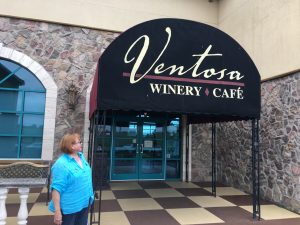
Not only do they have a wine tasting they also have a small café that made stopping easy and resulted in a delightful lunch. Ventosa, like everyone else in the area, has a number of white wines – Riesling, Pinot Gris, Chardonnay – but we were coming for the red selections – Pinot Noir, Cabernet Franc, Lemberger, Cabernet Sauvignon.

We tasted a number of the reds and were quite pleased with the Pinot Noir and the Lemberger both of which could find places in our cellar (assuming we were going to buy more wine).
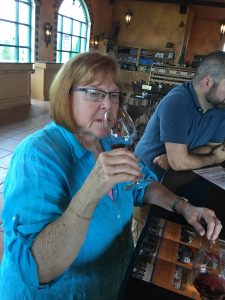
For lunch, however, we opted for the Dry Riesling, as it would pair better with our lunch. The tasting room was large, well appointed with a large covered porch overlooking the vineyard.
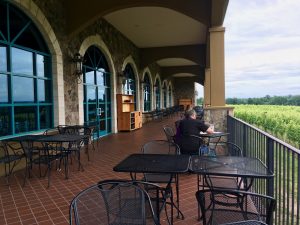

All in all a lovely spot to taste some wines and have a snack – they also have music evenings on Wednesday but not until after 6pm so we didn’t stick around.
From there were off to Damiani Vineyards.
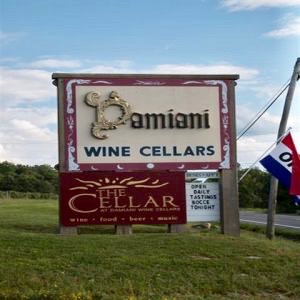
Again, Riesling, Chardonnay, Gewurztraminer, Pinot Grigio, make up the bulk of the white side of the house and Pinot Noir, Merlot, Cabernet Sauvignon, Syrah, and Cabernet Franc are on the red side of the house.
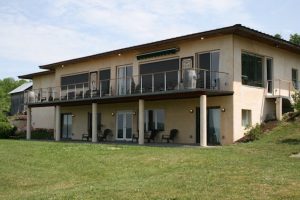
The tasting room is a converted home that has a tasting room on the upper level and a large event room below. Much more rustic then the other places we had visited.
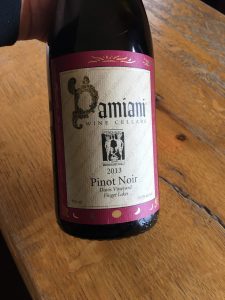
The tastings we did required us to drive completely around Seneca Lake. Seneca Lake is the larges of the Finger Lakes, which is 38 miles long, and a combined shoreline of 75 miles.
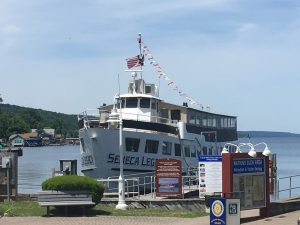
I was surprised to learn it has a maximum depth of 618 feet and has only frozen three times in the last 200 years. The shoreline is dotted with homes, wineries, small communities and lovely spots to just sit and watch the lake. Unfortunately our second day going in the area was rainy and restricted our view somewhat.
While we could spend many more days here tasting wines we have gotten a feel for the area and will move on. The Rieslings are good, not to be compared with those of Moselle Germany, but in a pinch I would certainly drink those from the Finger Lakes area. The Pinot Noirs we tasted were OK but seemed to be lacking some of the structure we are used to, that’s not to say they were not good they were – just different from those we have had from other new world sources.
